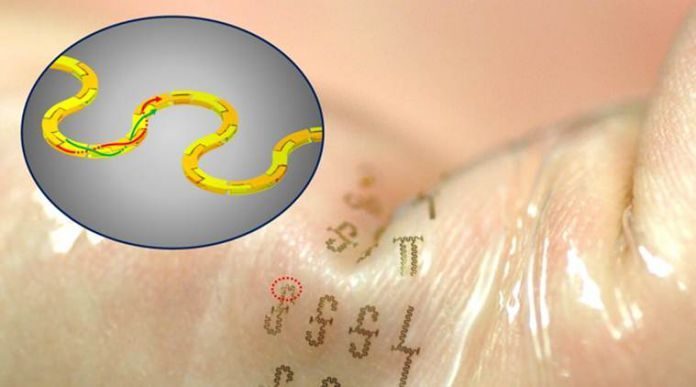As we know, wearable device technology taking place in various sectors. It is the technology in which electronic devices are embedded with smart sensors could be worn on the body. It comes in the form of clothing material or accessory. Nowadays, wearable technology taking a forward step in various sector of technology.
A few days ago, I wrote about a new wearable device Chem-Phys Patch which is invented by researchers from the University of California San Diego. It is a new wearable device to monitor body signals. It is a first flexible device consist of a flexible set of sensors and a small electronic board. This device records an electrocardiogram (EKG), heart signals and tracks lactate levels.
Here, one more innovation is done by a team of US engineers. They have created world’s fastest adaptable, wearable integrated circuit. It is a kind of technological achievement that can transform the Internet of Things (IoT) and high-speed wireless world in the future.
This latest innovation is done under the captaincy of Zhengiang “Jack” Ma from the University of Wisconsin-Madison. The team has developed this new adaptable circuit by taking an idea from twisted pair telephone cables. These cables have two- ultra tiny underwriting power transmission lines in repeating S- curves.
According to a study published in journal advanced Functional Materials, this circuit has a serpentine shape. It is produced between two layers of a segmented block of metal just like a 3D puzzle. It gives transmission lines with the ability to stretch without affecting its performance.
It helps in protecting the lines from outside interruption at the same time, electromagnetic waves flowing through it are enclosed by throwing out complete current loss. This adaptable integrated circuits can operate at radio frequency levels up to 40 gigahertz. The circuit is too different from other stretchable transmission lines, whose width is 640 mm. The circuit is just 25 mm thick. In various application, this is little enough to be very effective in epidermal electronic systems.
This technology has the potential to serve as a platform for the constructor to look for extending the capabilities and applications of wearable electronics. Particularly, if they are struggling for developing such kind of devices to take advantage of a new generation of wireless broadband technologies referred to as 5G.
This new flexible integrated circuits could be used especially in those devices that are attached to the temporary skin tattoos. The circuits can increase wireless speed. It allows medical staff to monitor patients remotely, without using cables and connectors.
Ma said, “We’ve found a way to integrate high-frequency active transistors into a useful circuit that can be wireless.”
